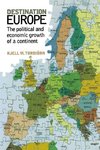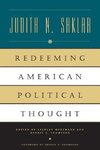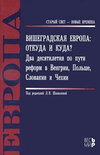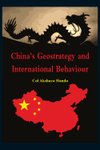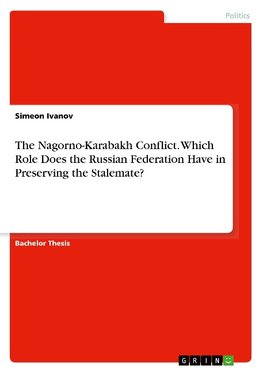
-
 Anglický jazyk
Anglický jazyk
The Nagorno-Karabakh Conflict. Which Role Does the Russian Federation Have in Preserving the Stalemate?
Autor: Simeon Ivanov
Bachelor Thesis from the year 2018 in the subject Politics - International Politics - Topic: Peace and Conflict Studies, Security, grade: 1,3, University of Frankfurt (Main) (Political Science), language: English, abstract: This longitudinal study at the... Viac o knihe
Na objednávku, dodanie 2-4 týždne
25.92 €
bežná cena: 28.80 €
O knihe
Bachelor Thesis from the year 2018 in the subject Politics - International Politics - Topic: Peace and Conflict Studies, Security, grade: 1,3, University of Frankfurt (Main) (Political Science), language: English, abstract: This longitudinal study at the intersection of conflict studies and international relations aims to analyse the motives of the Russian Federation and its role in the preservation of the current status-quo of the conflict between Armenia and Azerbaijan over the Nagorno-Karabakh region. The main arguments of the thesis derive from international relations theories (realism in particular) and the results put emphasis on geopolitical and economic incentives. Moreover, the thesis pays attention to the background of the conflict, as well as the relations between the three states. The general results can help to analyse other conflict in which the Russian Federation is involved as a third party.
The deep origins of the conflict can be traced to almost a century ago, when in 1921 (some sources suggest 1923 or 1924) the Soviet Union made Nagorno-Karabakh an autonomous region within the Azerbaijan Soviet Republic, although the majority of the population was Armenian. The first tensions arose during the 1970s and the Gorbachev`s policies of perestroika and glasnost during the late 1980s gave extra momentum of the Karabakh-Armenians` movement, which desire was to unite with the Armenian SSR. The demand of the parliament of Nagorno-Karabakh to unify with Armenia in February 1988 sparked Azerbaijani aggression and in result, inter-ethnic violence sharpened and militia groups in both republics started ethnic cleansings.
The conflict erupted in August 1990, when Armenia declared its independence from the Soviet Union, claiming the Nagorno-Karabakh region as its territory. In response, Azeri and Soviet troops tried to disarm Armenian militias in the region, which was accompanied by skirmishers along the Azeri-Armenian border and within the secessionist entity. However, in September 1991 Nagorno-Karabakh declared its own independence, fully supported by Armenia, whereas Azerbaijan proclaimed direct presidential rule over the secessionist entity.
The all-out war started with the dissolution of the Soviet Union in December 1991 and the official independence of Armenia and Azerbaijan and lasted until May 1994, when a Russian brokered ceasefire was signed. However, over the next years fighting occurred periodically, despite the agreement, the diplomatic efforts and the meetings between the Azerbaijani and Armenian presidents.
- Vydavateľstvo: GRIN Verlag
- Rok vydania: 2019
- Formát: Paperback
- Rozmer: 210 x 148 mm
- Jazyk: Anglický jazyk
- ISBN: 9783668944220

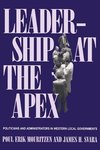
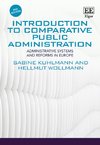


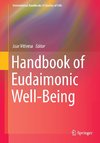

 Nemecký jazyk
Nemecký jazyk 
 Ruský jazyk
Ruský jazyk 